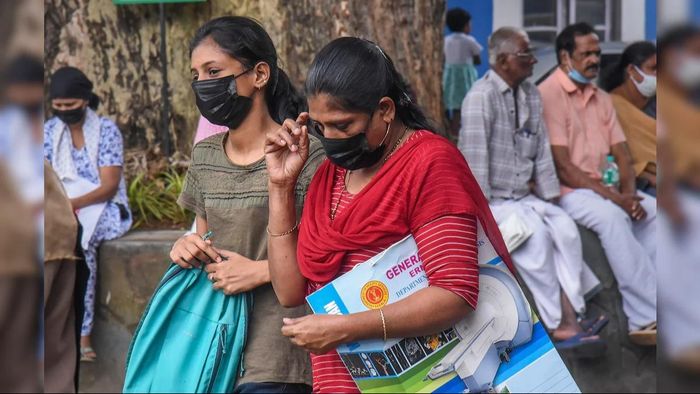India reports 573 fresh COVID cases, Omicron sub-variant JN.1 found in 10 states
As of January 2, India has reported a surge in COVID-19 cases with 573 new infections recorded.

- Jan 02, 2024,
- Updated Jan 02, 2024, 3:35 PM IST
As of January 2, India has reported a surge in COVID-19 cases with 573 new infections recorded. Amidst the rising case numbers, attention has been drawn to the emergence of a new Omicron sub-variant known as JN.1.
This variant has been detected across ten states and Union territories, indicating a widespread presence within the country.
The states that have reported cases of the JN.1 sub-variant include Kerala, with a notable count of 133 cases, followed by Goa with 51 cases, and Gujarat reporting 34 cases.
Other regions where JN.1 has been identified are Delhi, Karnataka, Maharashtra, Rajasthan, Tamil Nadu, Telangana, and Odisha.
The Indian SARS-CoV-2 Genomics Consortium (INSACOG) has updated this data, highlighting the variant's reach.
Also Read: India logs in 636 new Covid-19 cases amid JN.1 scare, 3 deaths reported
Health experts have noted that the JN.1 sub-variant exhibits a higher transmissibility rate compared to its predecessor, Omicron. This suggests that even minimal exposure to the variant could potentially lead to infection. The World Health Organization (WHO) has classified JN.1 as a variant of interest due to its rapid spread but considers it to pose a "low" global public health risk at this time.
In response to the evolving situation, various states have taken precautionary measures. For instance, Leh has mandated the wearing of masks in public places, and the Rajasthan medical and health department has extended the service period of doctors working on an urgent temporary basis until June 2024 to ensure the continuity of health services.
India's total COVID-19 case count has now surpassed 4.5 crore, with the death toll reaching 533,366. Despite the challenges posed by new variants like JN.1, the nation continues to administer vaccines, with over 220.67 crore doses given so far, as part of its ongoing efforts to combat the pandemic.